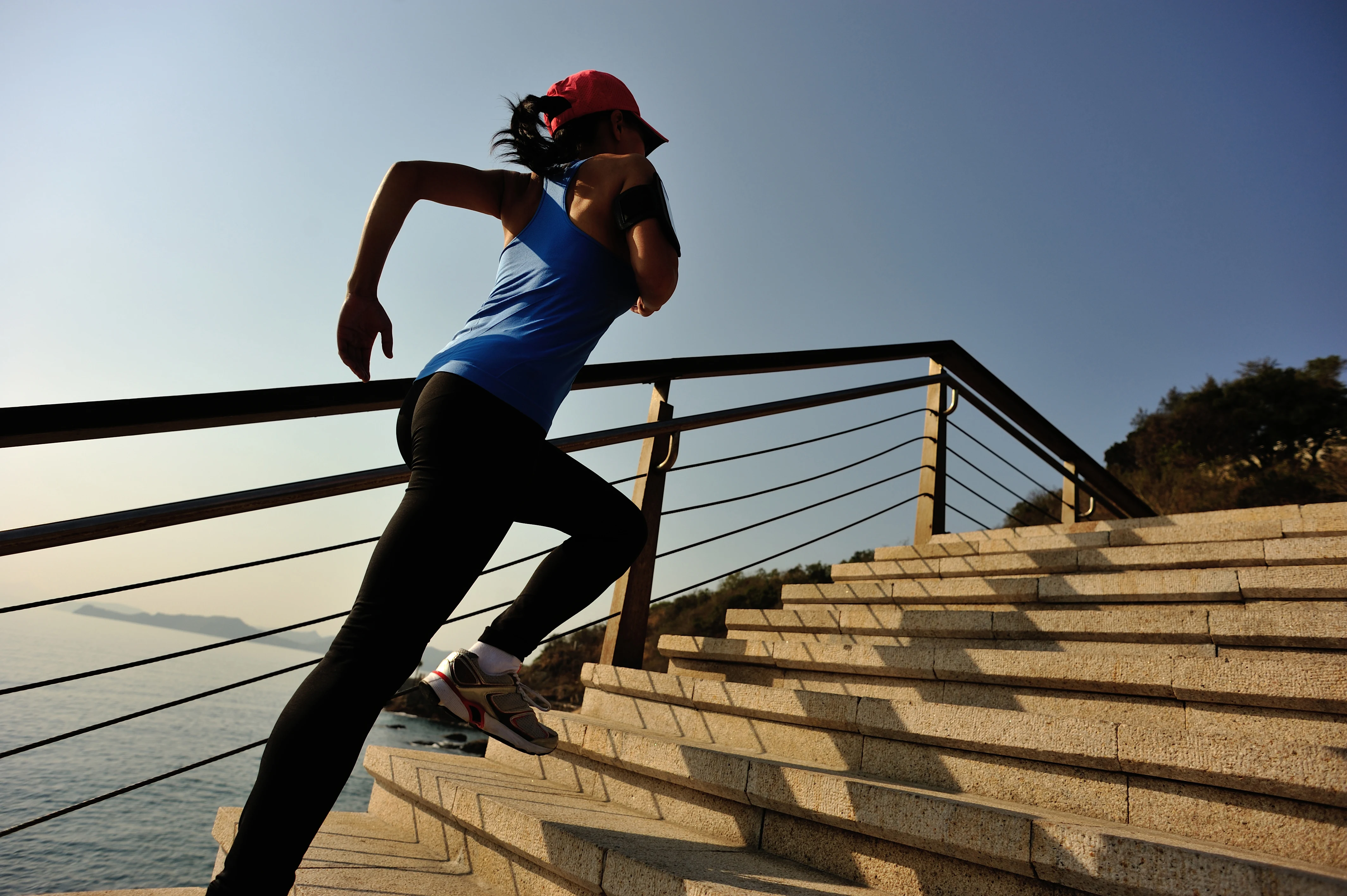Marriages/Relationship:
Job hunting:
Your website is not responsive.
Does not reflect your brand
Fresh start
User-friendly
Less is more.
Google search
Use the free resources you can get.
Look around for the best deal.
When you need assistance, outsource.
Currently, a variety of pharmaceutical, surgical, and behavioral interventions are used to treat freezing, but none of them are very successful.
What if there was a method to completely avoid freezing?
To assist people with Parkinson's disease in walking without freezing, researchers from Boston University Sargent College of Health & Rehabilitation Sciences and Harvard John A. Paulson School of Engineering and Applied Sciences (SEAS) used a soft, wearable robot that is placed around the tightened hips to gently press the hips when the leg swings.The patient may walk with a longer stride thanks to the robotic garment, which is placed around the thighs and hips and gently presses the hips when the leg swings, helping the patient to achieve a longer stride.
The wearer was able to walk faster and farther than they could have without the assistance of the garment because the technology totally removed their freezing while they were indoors.
Conor Walsh, the Paul A. Maeder Professor of Engineering and Applied Sciences at SEAS and co-corresponding author of thestudy,y stated that it was found that the small amount of mechanical assistance from the wearable robot made an intermediate effect and consistently helped improve walking across a range of conditions for the individual.
The research showed the potential of soft robotics used to treat the dangrous symptoms of Parkinson disease, giving people the ability to regain both their mobility and independence.

The research is published in Nature Medicine.
Walsh's Biodesign Lab at SEAS has been developing technologies to improve life.The Wyss Institute for Biologically Inspired Engineering supported some of those technologies, including an exosuit for post-stroke gait retraining, and Harvard's Office of Technology Development arranged a license arrangement with ReWalk Robotics to commercialize the technology.
SEAS and Sargent College received a grant from the Massachusetts Technology Collaborative to support the development and translation of next-generation robotics and wearable technologies in 2022. The Move Lab's goal is to support advancements in human performance and enhance them by providing the R&D infrastructure, funding, collaborative space, and experience needed to transform promising research into mature technologies that can be translated through industry partnerships, which serves as the focal point for the research.
Three months were spent by the team working with a 73-year-old man who had Parkinson’s disease and had significant and incapacitating freezing episodes more than ten times a day. Despite using both surgical and pharmaceutical treatments, he still had frequent falls, making him rely on a scooter to move around and prevent him from walking around his community.
In previous research, Walsh and his team made use of human-in-the-loop optimization to demonstrate that a soft, wearable device can be used to augment hip flexion and assist in swinging the leg forward to provide an efficient approach to reducing energy expenditure during walking in healthy individuals.
The researchers addressed freezing using the same approach. It is worn around the waist and thighs, and it is powered by actuators and sensors. With the motion data collected by the sensor, algorithms determine the phase of gait and produce assistive forces in sync with the muscle contraction.
The result was immediate. The patient was able to walk without freezing indoors and with just sporadic episodes outdoors without the need for any extra training. Without the gadget, he was also able to walk and talk without freezing, which was unusual.
The team was quite thrilled to observe how the technology affected the subjects' gait," stated Jinsoo Kim, a co-lead author of the study and a former Ph.D. candidate at SEAS.
Ellis went on to say, "We don't really know why this approach works so well because we don't really understand freezing." This study, however, points out the potential benefits of approaching gait freezing from the "bottom-up" rather than the "top-down" perspective. The recovery to nearly normal biomechanics alters the peripheral gait dynamics and may influence the processing of central gait control.

Before going on winter hiking, always put safety first.
How to Plan and Prepare for Winter Hikes
Before setting out for hiking:
Not sure if you should apologize?
How do you genuinely apologize?
For an apology to be effective, it has to be genuine. Making an accepted and successful apology acknowledges responsibility by accepting that your actions caused the other person pain that was not good. You want to express to yourself that you truly feel sorry and care about the person who was hurt. Make amends immediately or later, but do not make promises you cannot keep.According to the late psychiatrist Dr. Aaron Lazare, who is an apology expert and former chancellor and dean of the University of Massachusetts Medical School, a good apology has to contain these four elements:
Acknowledge the offense you have committed. Take responsibility for the offense, no matter whether it was physical or psychological harm, and assert that your behavior was not acceptable. Avoid making an apology in a way that downplays the pain or raises doubts about whether the victim was truly harmed, as well as using evasive or ambiguous language.
Explain what happened. Explain what happened without excusing it. In fact, sometimes the best strategy is to say that there is no excuse for what you have done.
Express remorse and be real about it. If you feel sorry or ashamed about your actions and errors, this is all part of expressing how remorseful you are.
Offer to make amends if you can. A good example is if you destroy someone's property, repair it, or replace it.
Example of a heartfelt apology

What is fitspiration?
Why is fitspiration a problem?
A study of #fitspiration: Do these social media updates genuinely motivate exercise?
- They showed nudity or revealing clothing by wearing bikinis at the gym.
- sexualized the person exercising, such as by focusing on a woman's breasts or buttocks.
- Included are pictures of people with extreme body types, like those who are excessively muscular or terribly underweight.
- They did not focus on health; their messages promoted thinness or other negative messages.
- contained fitness information in three or fewer posts out of 15.

It is the weekend, ladies let us take time out to care for our inner parts because it is very important.
With the help of natural fluids, the vagina is meant to keep itself clean (discharge). Learn how to maintain your vagina clean and healthy, and why you don't need vaginal wipes or douches. In general, good vaginal health can be maintained by maintaining good overall health.
Sanitary pads, feminine spray and deodorants, scented oils, bubble baths, bath oils, talc or powder are all examples of feminine hygiene items that can irritate the vulva.
Wearing nylon tights or panty girdles is not recommended. They trap heat and moisture, making them ideal for organisms to reproduce. Before wearing leggings wear nylon or cotton pants.
After washing, rinse underclothes well or double-rinse. Using too much detergent is highly not advisable.
Before wearing new underwear, make sure they're clean.
If your healthcare physician recommends it, take sitz baths daily.
It is highly recommended to wear only 100 per cent cotton underwear. If you have sensitive skin or are prone to vulvar discomfort, avoid wearing nylon, acetate, or other artificial fibres.
Vaginal discharge is a natural way for the vagina to wash. Do not use douches unless your doctor has recommended them. These products have the potential to disrupt organisms' natural balance.











